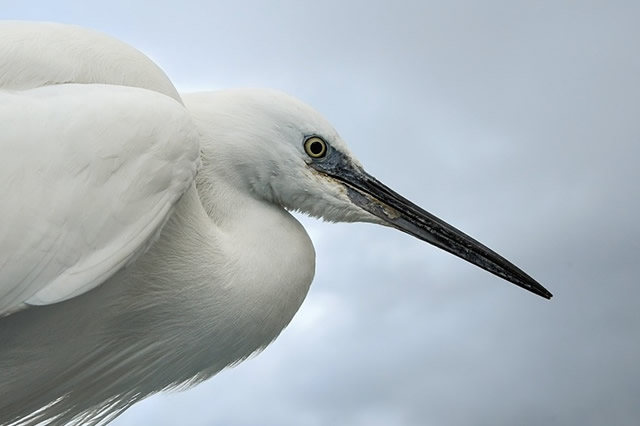
Egretta garzetta
Egretta garzetta,Great Egret, Middle Egret, Little Egret, Yellow-billed Egret
Egrets are a general term for medium-sized wading birds of the genus Egretta···
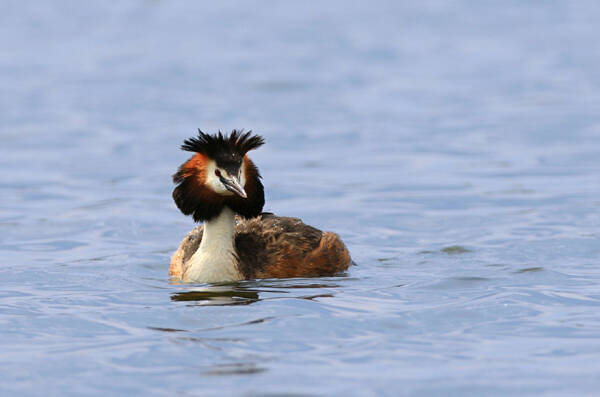
Podiceps cristatus
Podiceps cristatus,Langlibai, Langhuaer, Langli, Shui Laogua, Shui donkey
The Crested Grebe is a summer bird that lives from the northeast to the Qing···
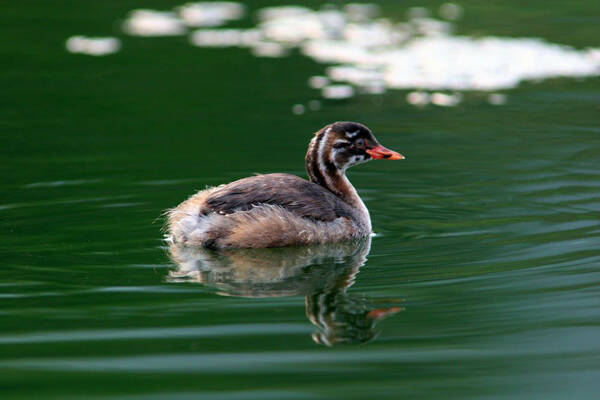
Tachybaptus ruficollis
Tachybaptus ruficollis,Oil duck, water hyacinth, oil gourd, turtle duck
The small grebe (pì) is a species of the genus Small grebe of the family Gr···
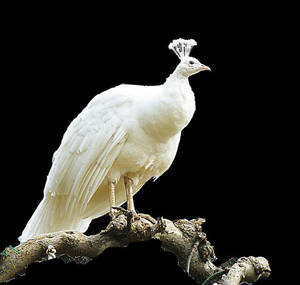
Pavo cristatus
Pavo cristatus
The scientific name of the white peacock is Pavo cristatus. It generally ref···
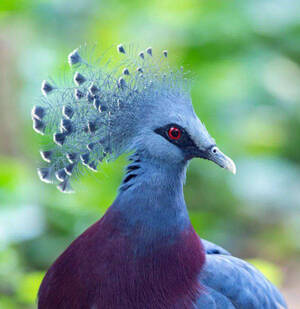
Goura victoria
Victoria Crowned Pigeon,Goura victoria,Victoria Crowned-pigeon
Victoria Crowned Pigeon (scientific name: Goura victoria) is also known as V···
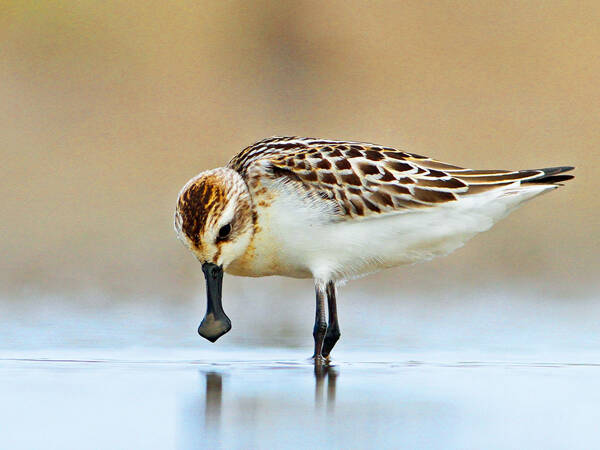
Calidris pygmaea
Calidris pygmaea,Shoveler,Spoon-billed Sandpiper
Spoon-billed Sandpiper breeds in the tundra, and is more common in coastal w···
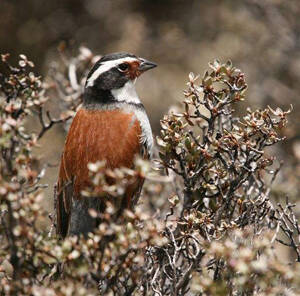
Emberiza koslowi
Tibetan Bunting,Emberiza koslowi,
Tibetan Bunting is a small songbird with no subspecies.Tibetan Bunting usual···
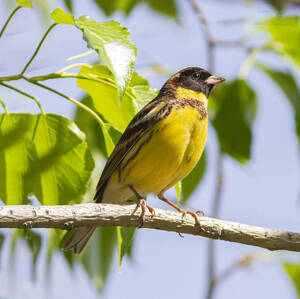
Yellow-breasted Bunting
Yellow-breasted Bunting,Yellow bile, Java sparrow, yellow belly sac, yellow bean, wheat sparrow, old ironback, golden bunting, white-shouldered bunting, yellow-breasted bunting
Yellow-breasted Bunting is a small songbird with two subspecies.Yellow-breas···
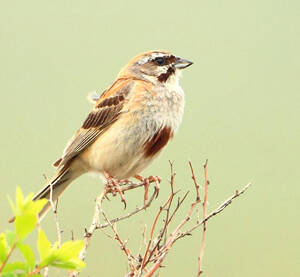
Emberiza jankowskii
Emberiza jankowskii,Jankowski's Bunting,Rufous-backed Bunting,Red-bellied Sparrow
The foreign name of the Chestnut-bellied Bunting is Jankowski's Bunting,···
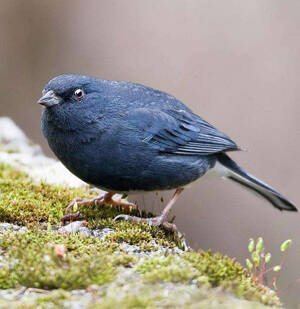
Latoucheornis siemsseni
Latoucheornis siemsseni,Slaty Bunting
Slaty Bunting is a small songbird, endemic to China, with no subspecies.Slat···
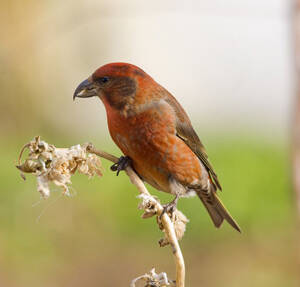
Loxia curvirostra
Loxia curvirostra,Common Crossbill,Crossbill, Green Crossbill
Common Crossbill, also known as Common Crossbill, is a small swallow with 19···
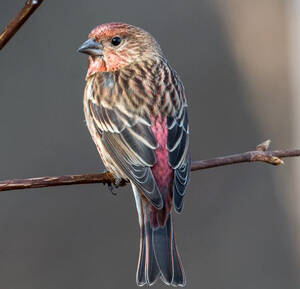
Carpodacus roseus
Carpodacus roseus,Pallas's Rosefinch,Tit
Pallas's Rosefinch, also known as Pallas's Rosefinch, has two subspe···
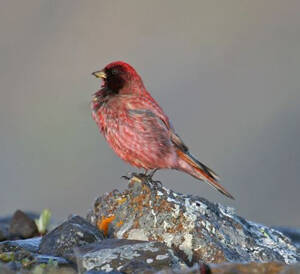
Carpodacus roborowskii
Carpodacus roborowskii,Tibetan Rosefinch,Tibetan Vermilion Bird, Tibetan Vermilion Bird
Tibetan Rosefinch is a high mountain and plateau desert bird with no subspec···
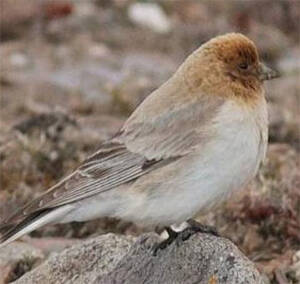
Carpodacus sillemi
Carpodacus sillemi,Sillem's Rosefinch,White-rumped rosefinch, White-rumped ridgefinch, Red-headed ridgefinch, Salem rosefinch
Brown-headed Rosefinch, also known as Sillem's Rosefinch in English, is ···
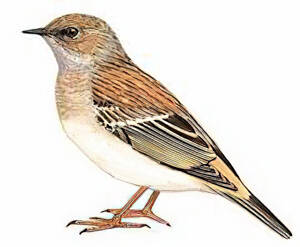
Prunella koslowi
Prunella koslowi,Mongolian Accentor,Desert Pipit,
The Helan Mountain Rock Pipit, also known as the Mongolian Accentor, is a sm···
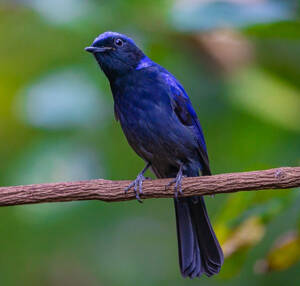
Niltava grandis
Large Niltava,Niltava grandis
The foreign name of the large niltava is Large Niltava, and there are 4 subs···
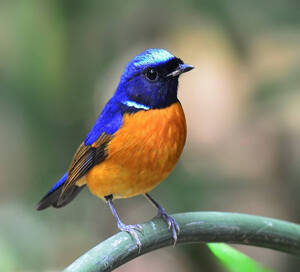
Niltava davidi
Niltava davidi,Fujian Niltava,Fujian Flycatcher
The foreign name of the brown-bellied great flycatcher is Fujian Niltava, an···
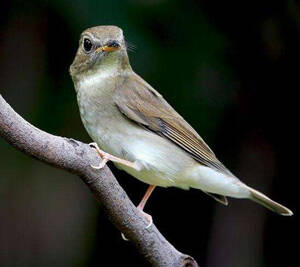
Rhinomyias brunneatus
White-gorgetted Jungle Flycatcer,Rhinomyias brunneatus,Rhinomyias brunneata
White-throated Jungle Flycatcer is also known as White-gorgetted Jungle Flyc···
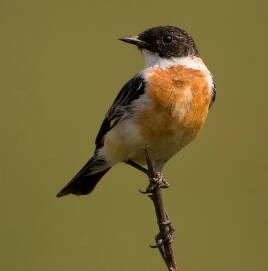
Saxicola insignis
Saxicola insignis,Hodgson's Stonechat,Ho's Tree Rock Bird
The white-throated stonechat is also known as Hodgson's Stonechat. It is···
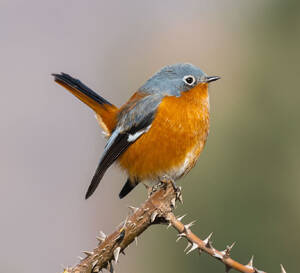
Phoenicurus alaschanicus
Phoenicurus alaschanicus,Ala Shan Redstart
Helanshan Redstart, also known as Ala Shan Redstart, is a medium-sized redst···
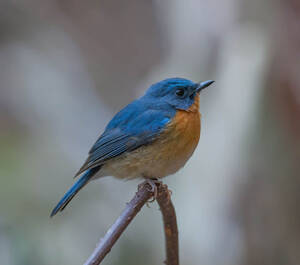
Tarsiger hyperythrus
Tarsiger hyperythrus,Rufous-breasted Bush Robi
Rufous-breasted Bush Robin, also known as Rufous-breasted Bush Robin, is a b···
